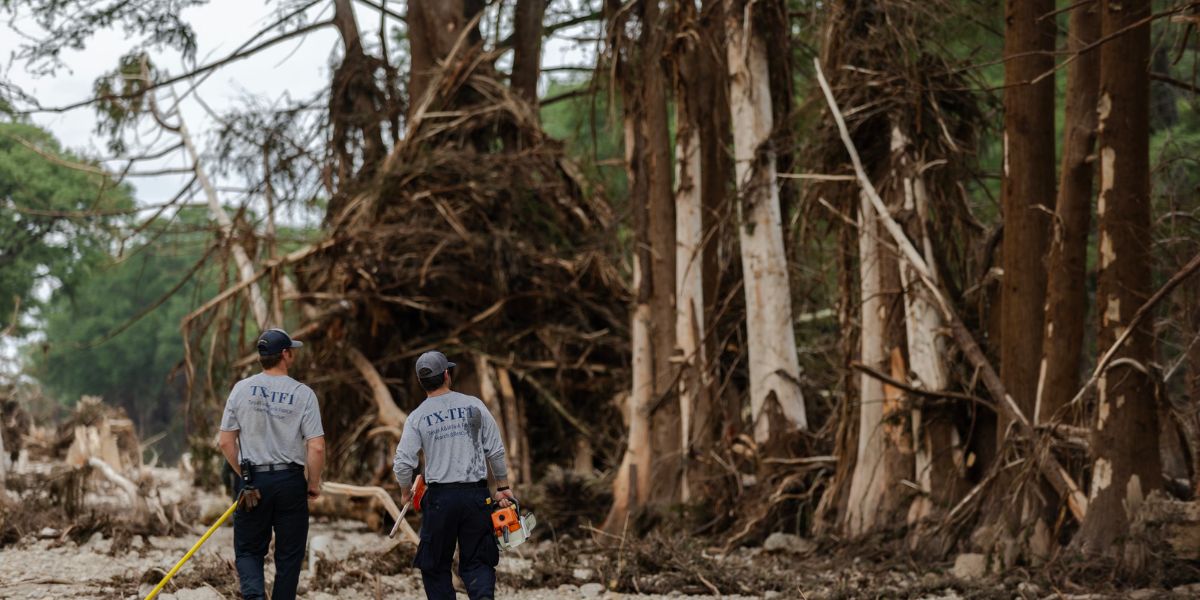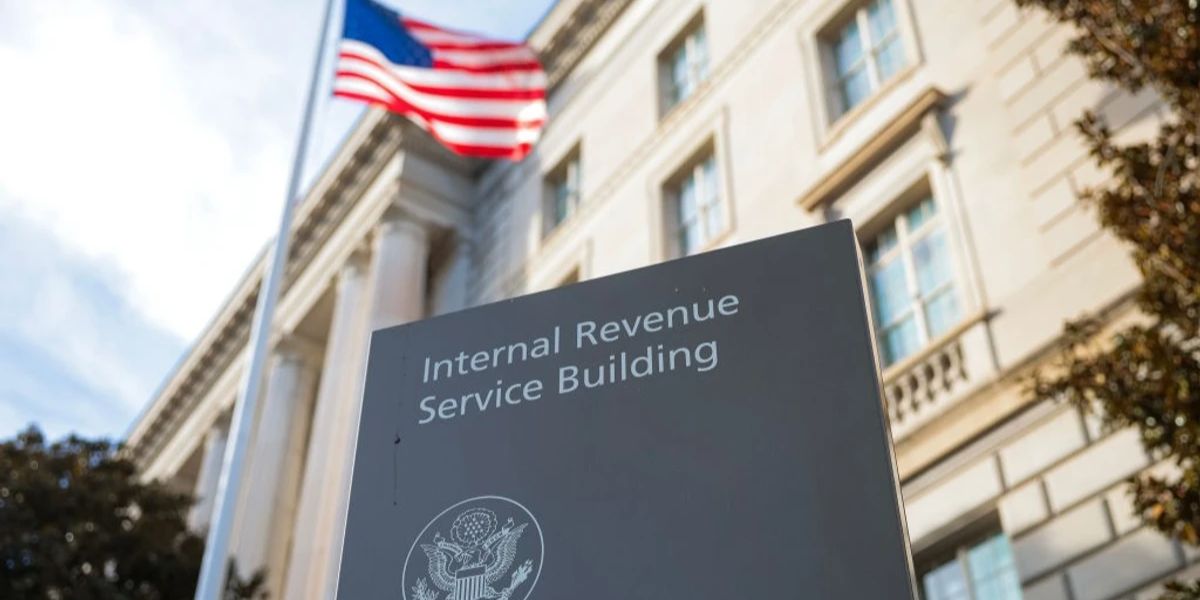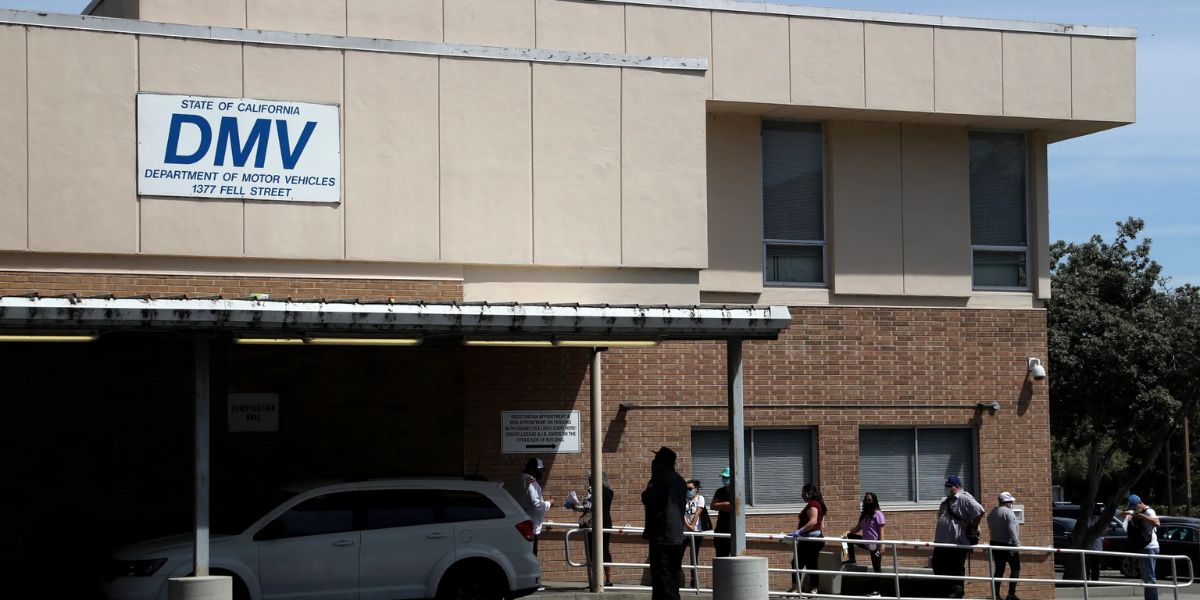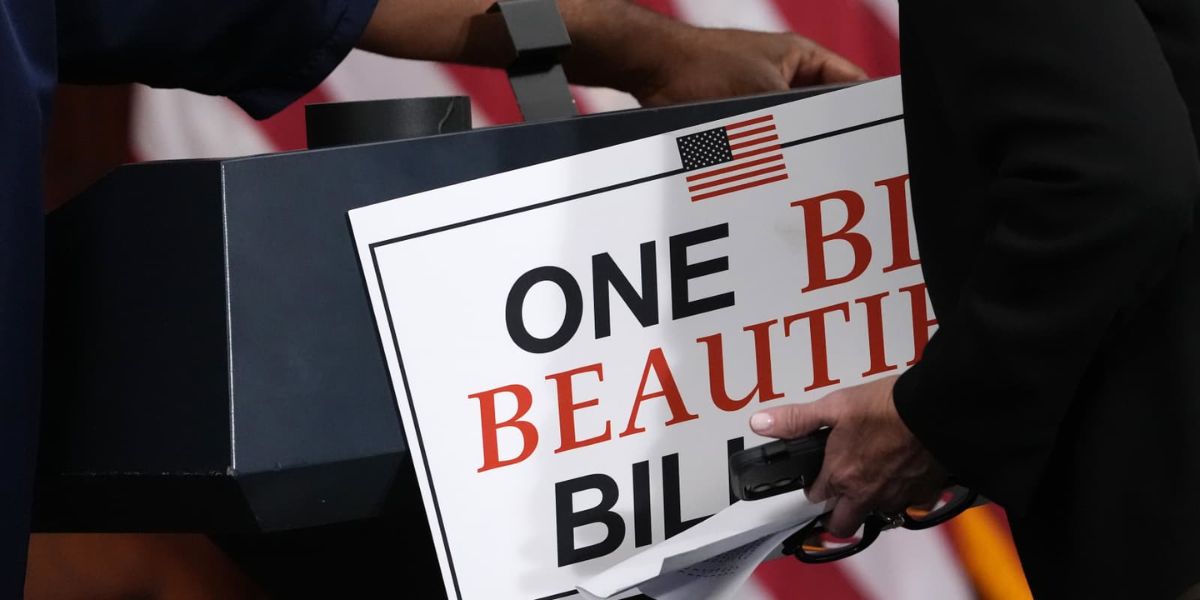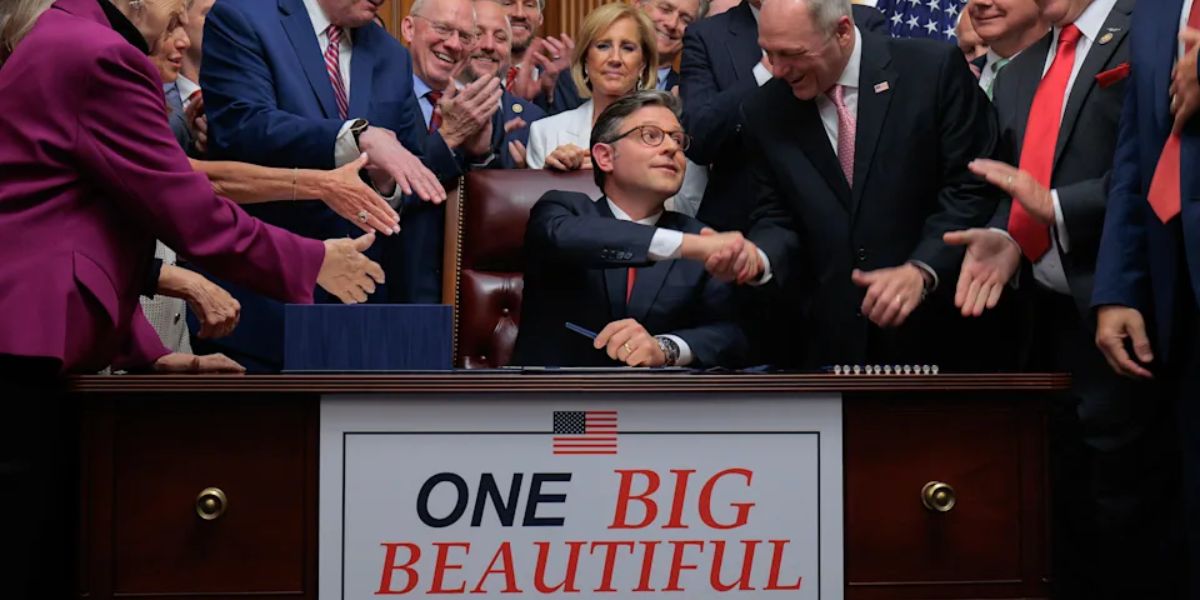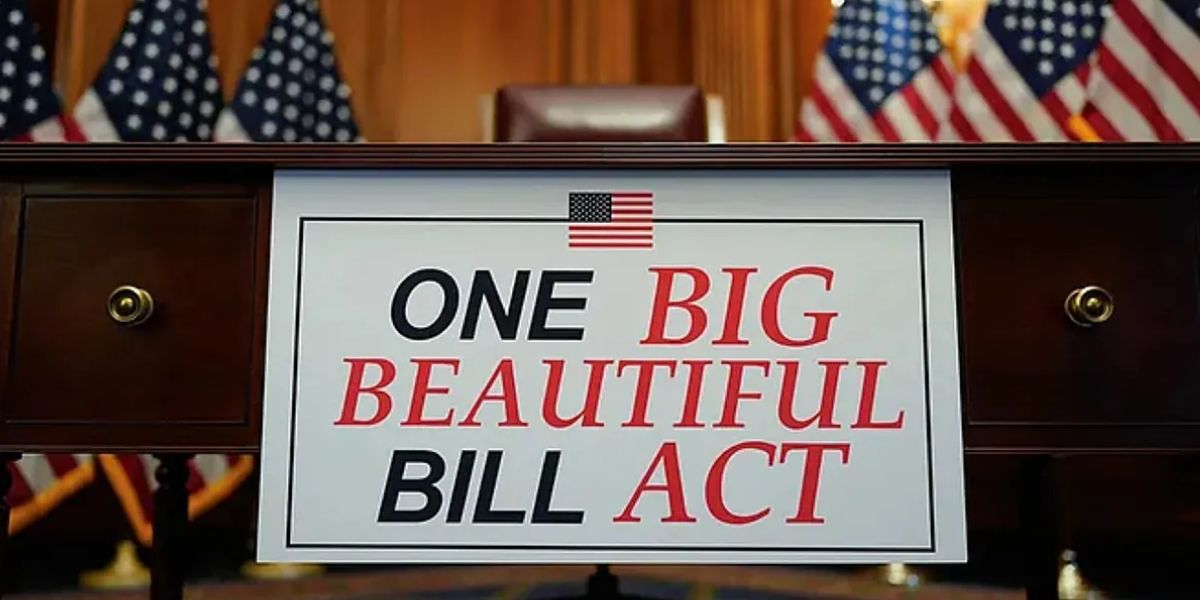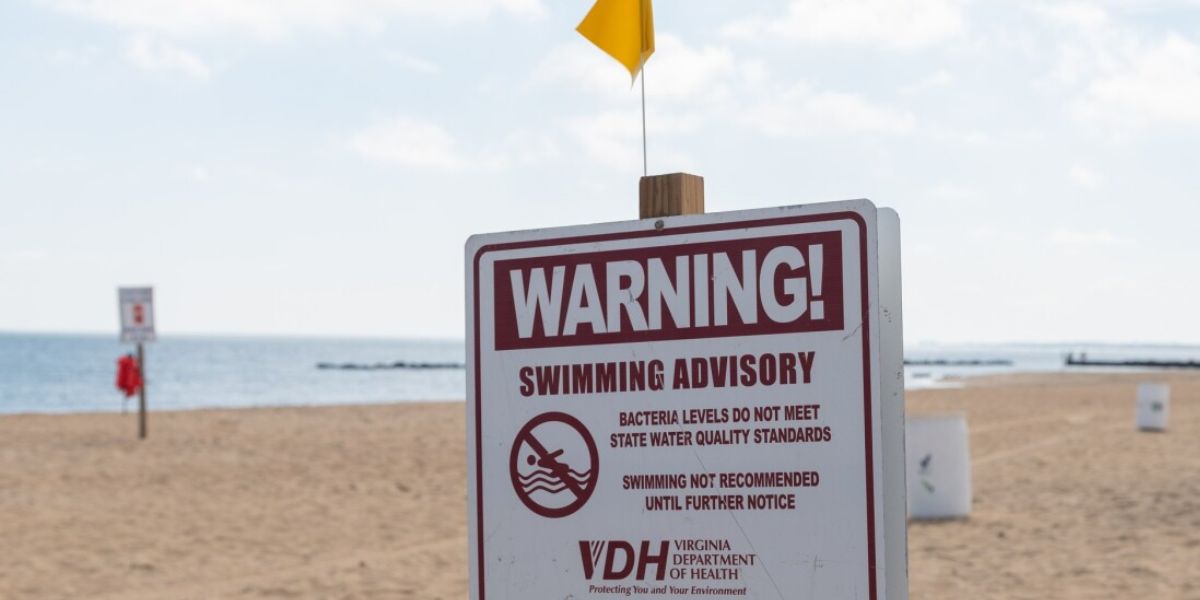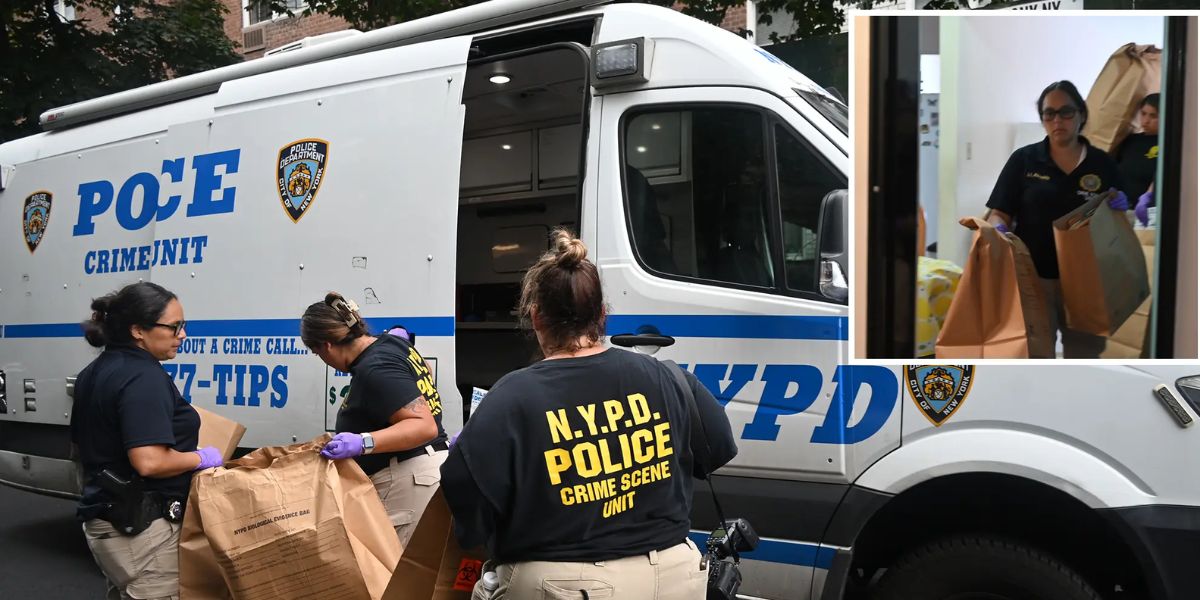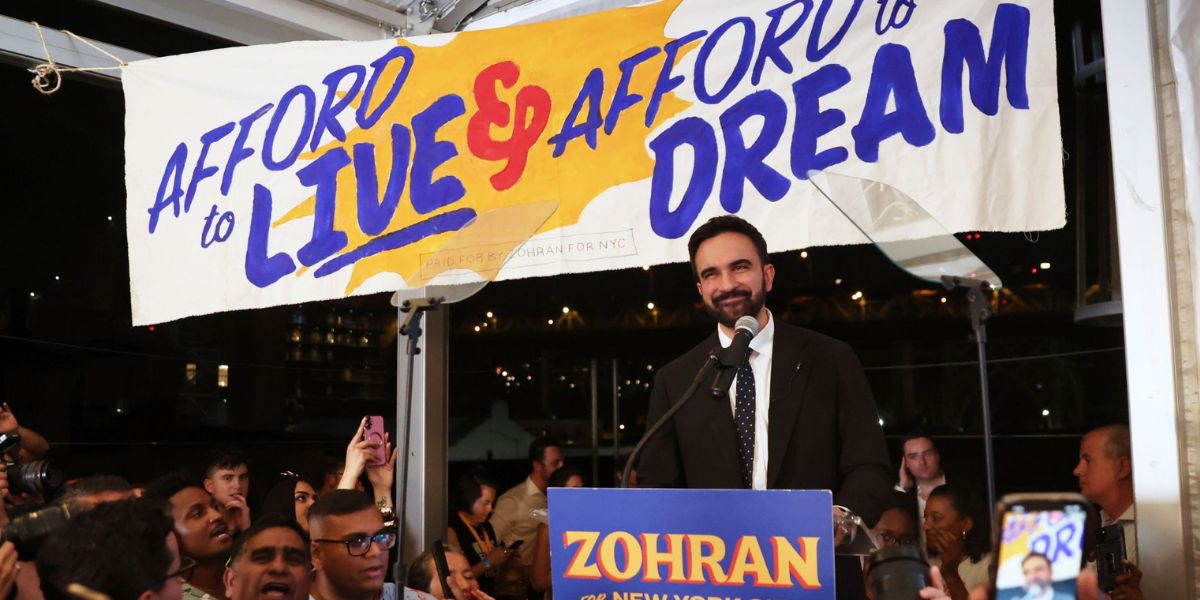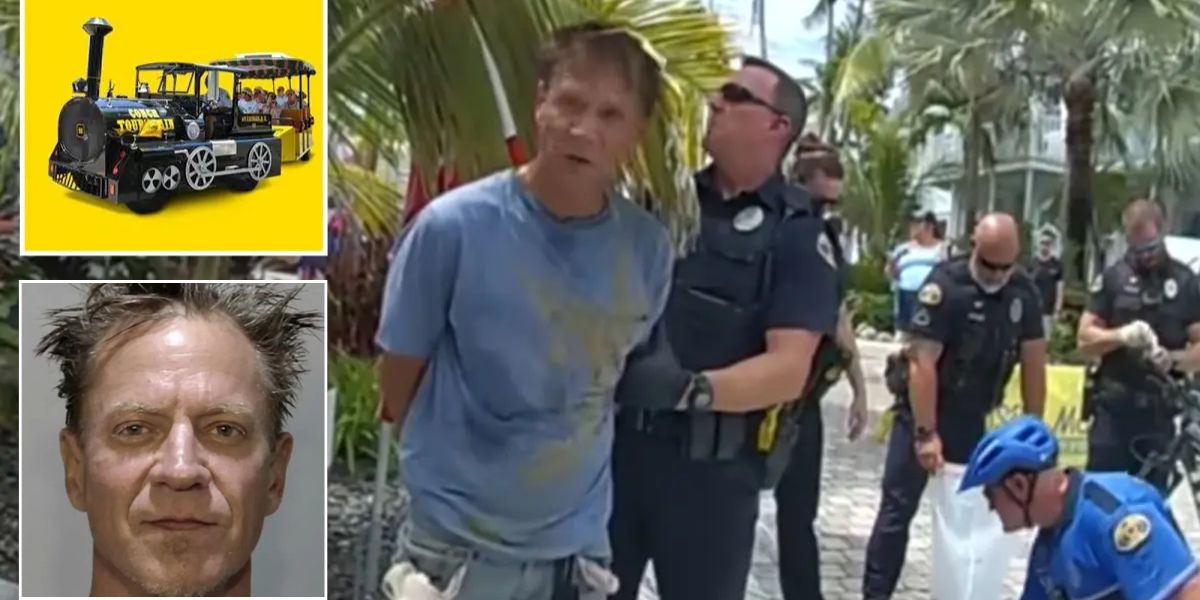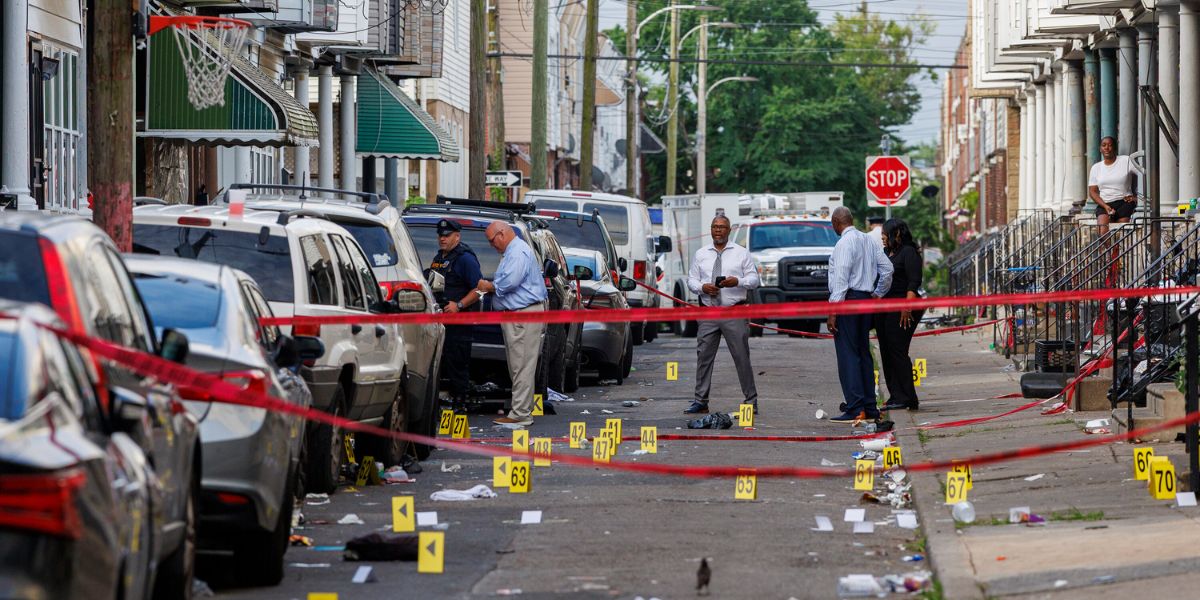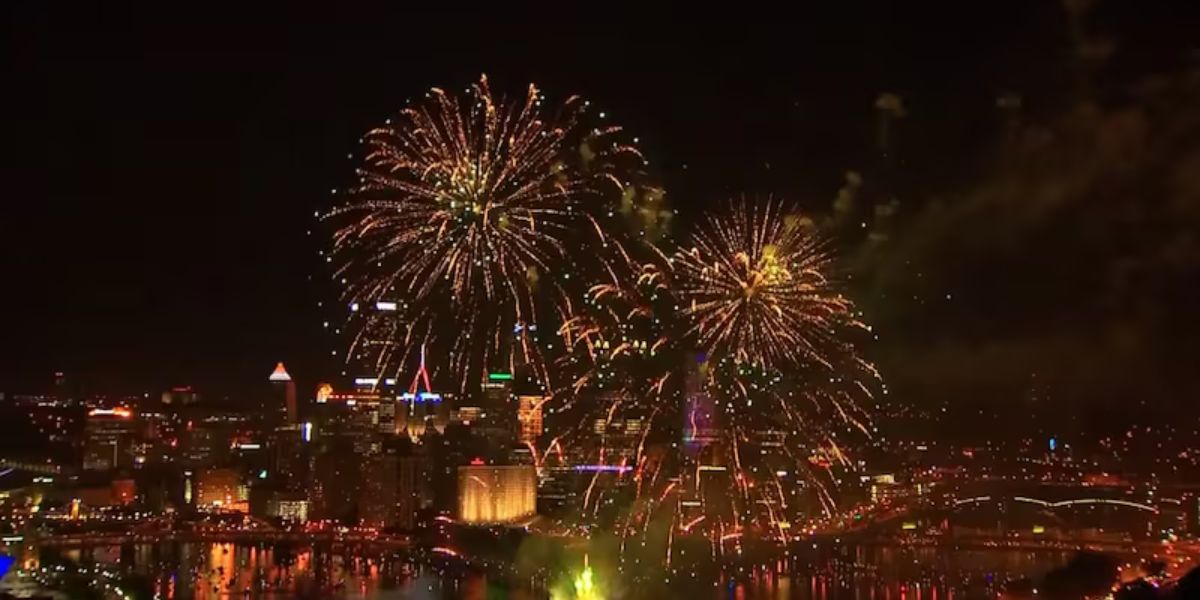The landscape of road traffic regulations is evolving, particularly when it comes to motorcyclists maneuvering through traffic.
Lane splitting, which involves motorcyclists riding between lanes of slow-moving or stopped vehicles, and lane filtering, where motorcyclists move to the front of a traffic line at a red light, are becoming more clearly defined in several states.
California, Utah, and Montana are making strides in regulating these activities to ensure safer road environments for all users.
California: Both Lane-Splitting and Filtering Legalized
California has long been a pioneer in recognizing and regulating lane-splitting and filtering for motorcyclists. As one of the few states that allows lane-splitting, California has now set forth clear boundaries for this practice.
Both lane-splitting (weaving between cars in traffic) and filtering (moving to the front at a stoplight) are allowed in specific conditions, with the goal of reducing congestion and preventing rear-end collisions.
Motorcyclists can lane-split or filter only in situations of heavy congestion, and new regulations clarify that this is only allowed between two lanes moving in the same direction.
Additionally, motorcyclists are prohibited from lane-splitting in areas like freeway ramps, roundabouts, school zones, and construction zones.
This legislation is intended to improve safety by minimizing the chances of motorcyclists being rear-ended, especially with the increasing issue of distracted driving due to mobile phone usage.
Utah: Only Lane Filtering Legalized
In Utah, the legislation has taken a more cautious approach by only allowing lane filtering, not lane-splitting. Lane filtering allows motorcyclists to move to the front at red lights but doesn’t permit them to weave through traffic at higher speeds.
Utah’s law is specifically designed for safety in congested traffic, and filtering is permitted in specific situations, such as when vehicles are stopped at a red light.
While Utah has been more conservative in adopting lane-splitting laws, lane filtering is becoming more common across the country as a safer option for motorcyclists and other road users.
Montana: Lane Filtering Under Low-Speed Conditions
Montana is taking a step toward safer roads by legalizing lane filtering but with specific low-speed conditions.
Lane filtering is only allowed when the vehicle’s speed does not exceed a certain threshold, ensuring that motorcyclists are moving cautiously and not endangering themselves or others.
Montana’s regulation aims to enhance safety while maintaining order on its highways.
Focus on Safety and Congestion Management
The push for these laws is largely driven by concerns over road safety and congestion. Lane-splitting and filtering help alleviate the strain of traffic congestion, particularly in metropolitan areas.
By allowing motorcyclists to navigate between cars, the likelihood of rear-end collisions decreases. This is especially important given the rise of distracted driving, which has been linked to over 3,000 fatalities in 2023 alone.
In light of the growing use of cell phones behind the wheel, California has strengthened its own laws concerning cell phone usage while driving.
Read Also: Golden Gate Bridge Tolls Go Up, Bay Area Riders See Transit Fare Hikes
Holding a phone in hand while driving is now strictly illegal. If you need to use your phone for navigation or answering calls, it must be mounted on your dashboard. This effort to reduce distracted driving is seen as a crucial part of making roads safer for everyone.
Looking Ahead: State-by-State Adoption of Lane-Splitting and Filtering Laws
As states continue to address congestion and safety concerns, we are likely to see more states adopting some form of lane filtering or splitting.
While each state may tailor these laws to its own needs, the trend is moving toward creating safer, more efficient roads for motorcyclists and other vehicles alike.
Do you think lane-splitting and filtering laws should be expanded to more states? What are your thoughts on the effectiveness of these measures in reducing accidents and improving traffic flow? Let us know in the comments below!



